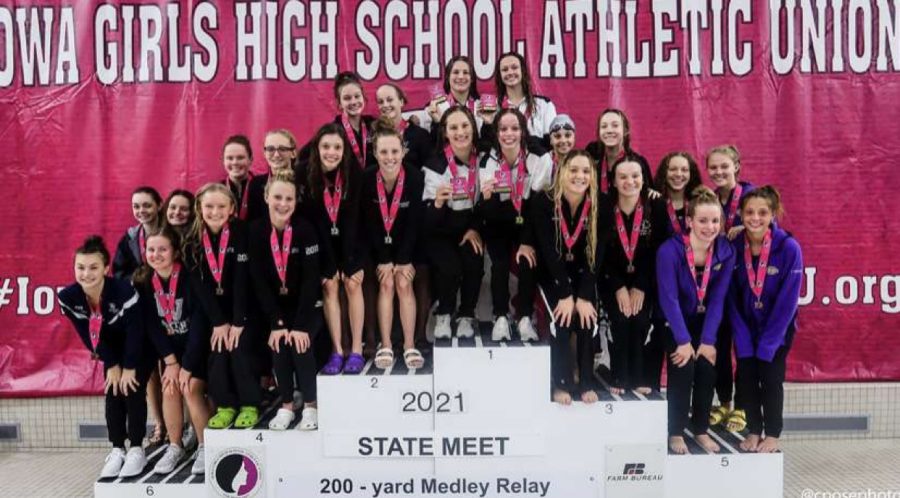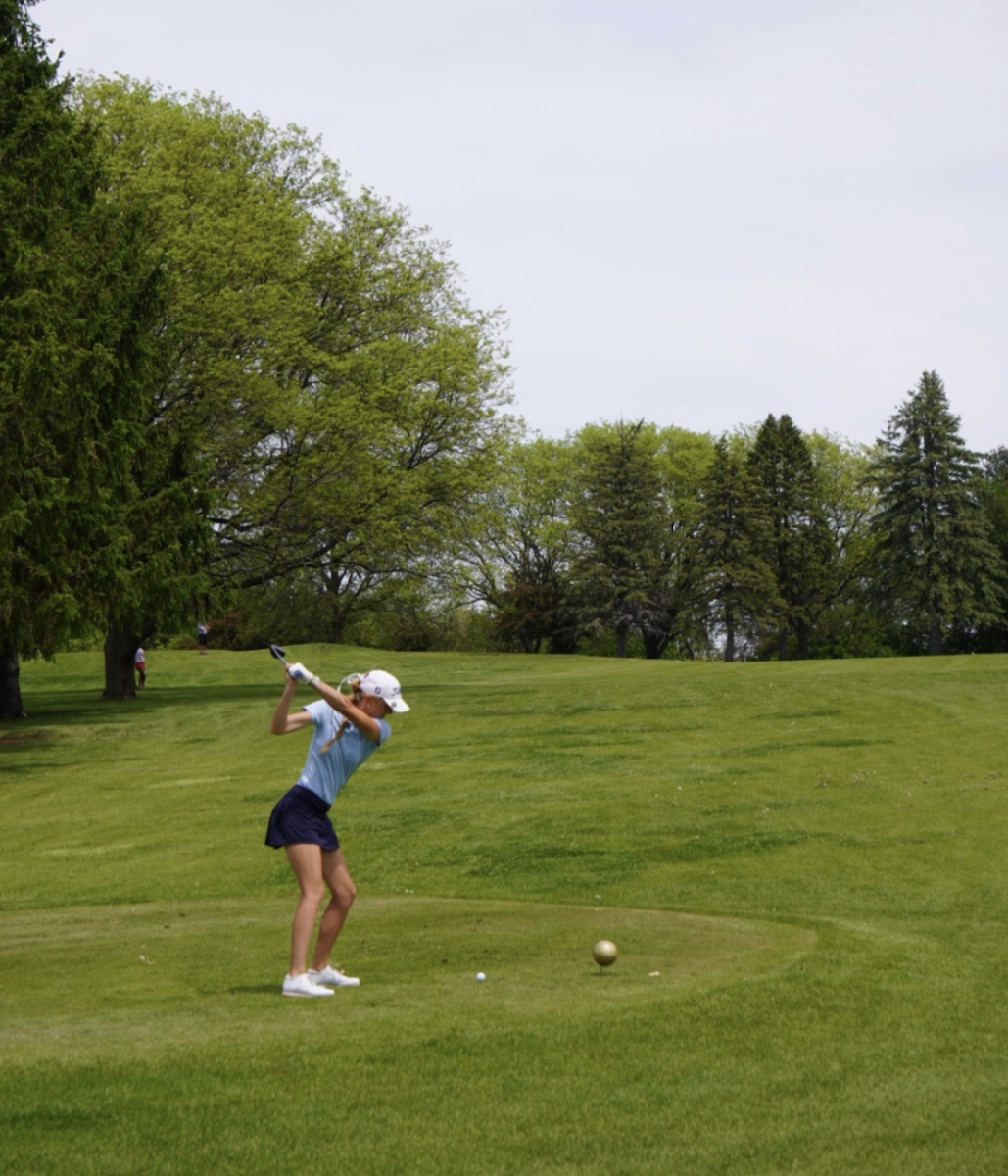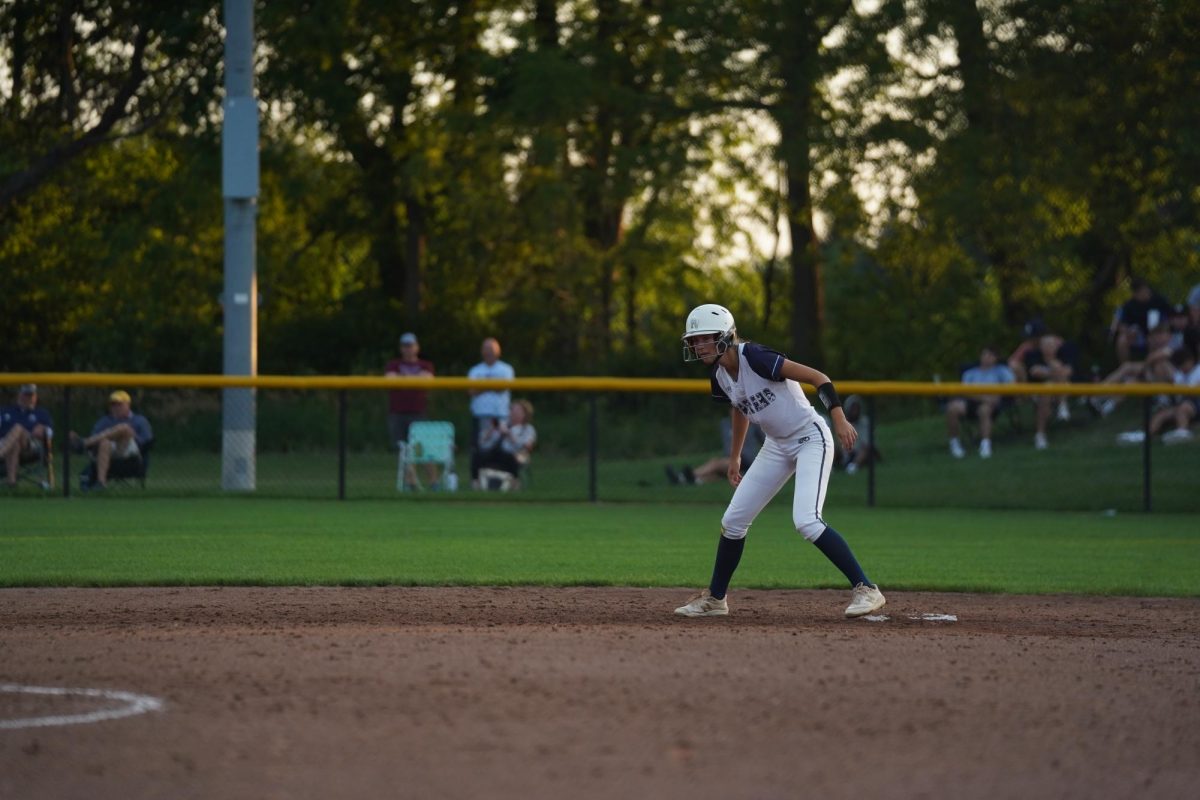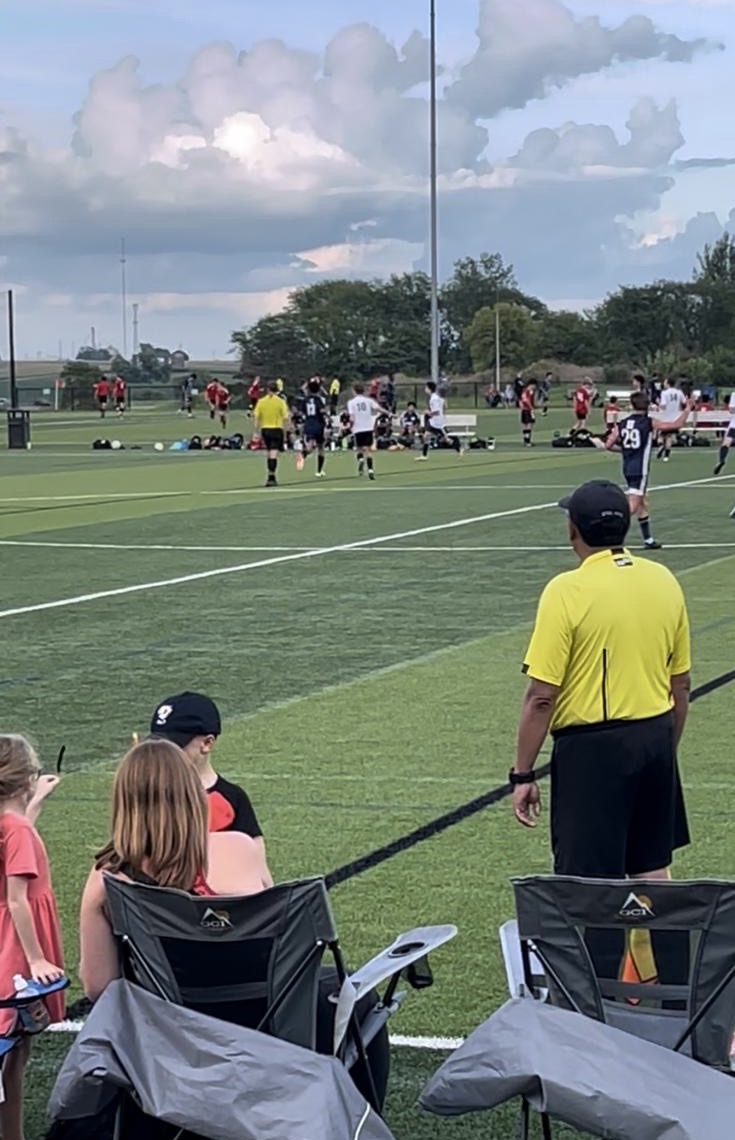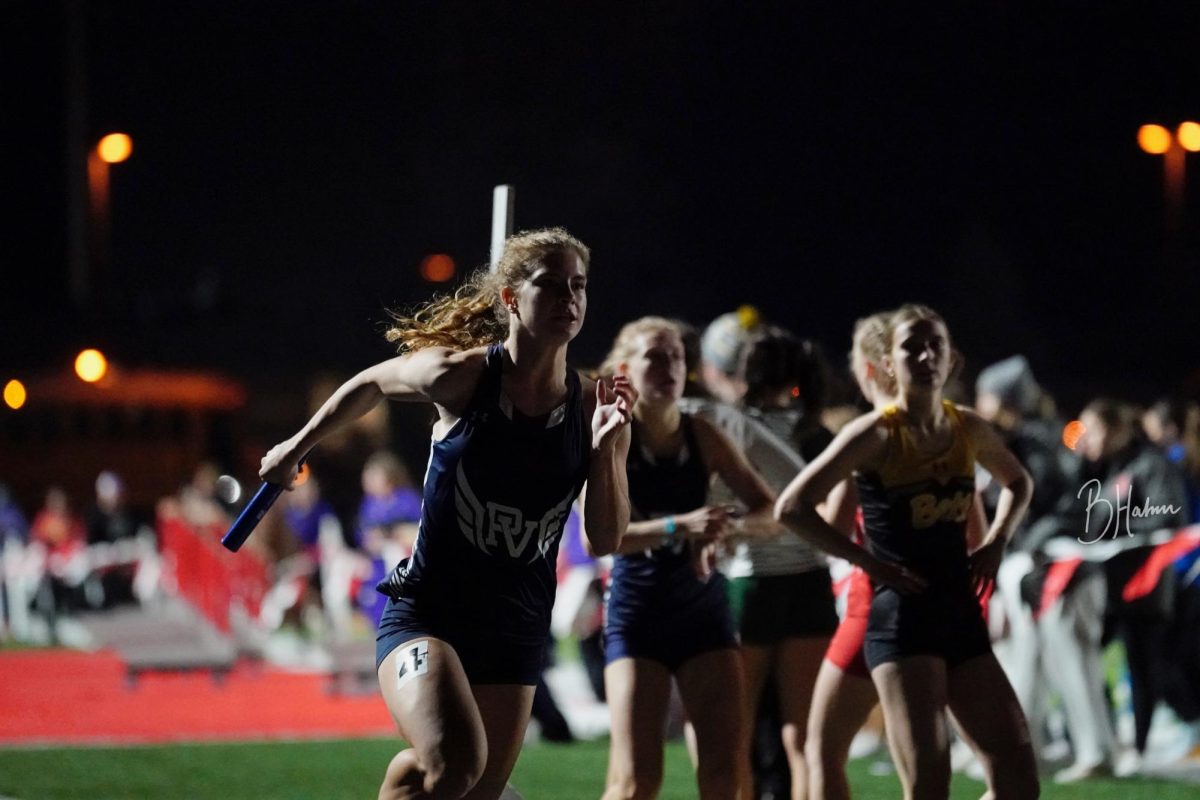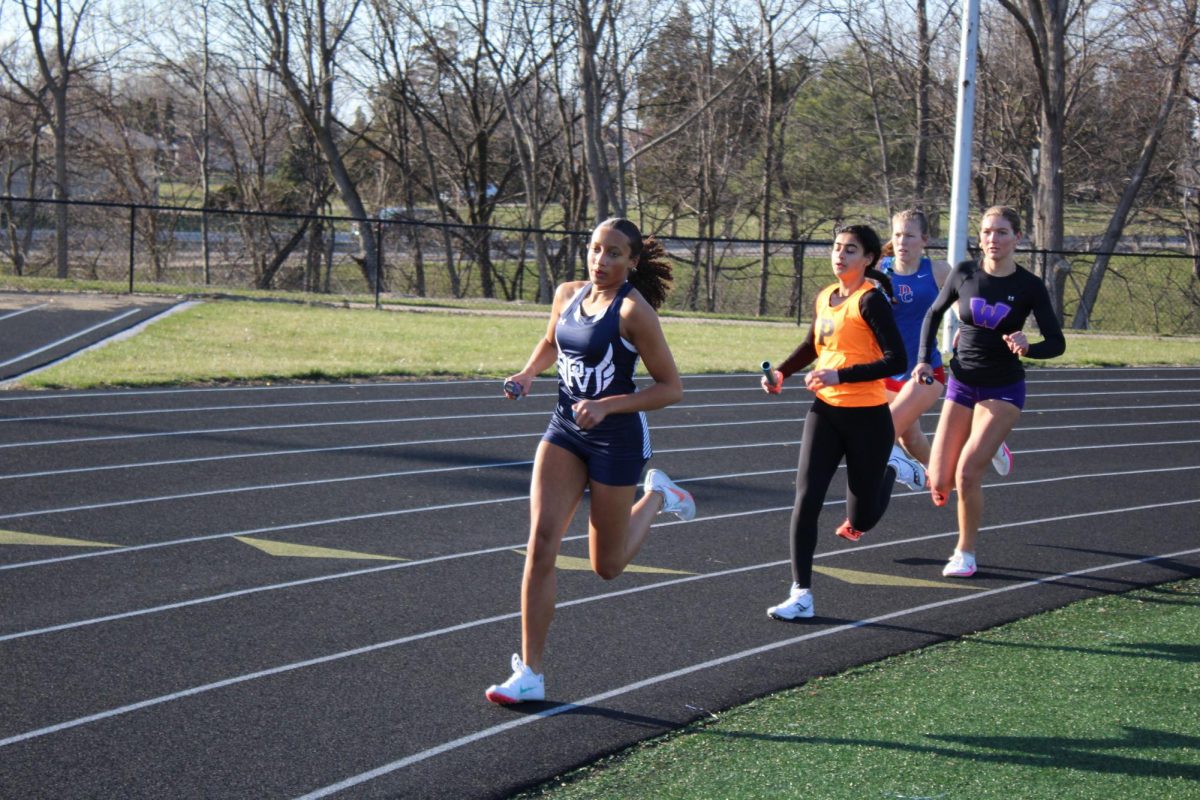High school athletics pave the way for many students to compete at a collegiate level. Equality has always been a key concept in athletics for both boys and girls. Athletic unions have created divisions based on student population to help level the playing field, but Iowa is the only state to create different unions based on gender.
The creation of the Iowa Girls High School Athletic Union (IGHSAU) was a win for young female athletes back in 1926, but as time went on, it became clear there was a significant difference between implementing two unions versus one.
In the 1920s, Iowa was one of the few states to allow and support women’s basketball; it was a major hit for girls in rural areas, but larger cities found it irresponsible and un-ladylike. Many adults had concerns for the young girls participating in this sport because it was believed that strenuous activities were harmful for girls to engage in.
The predominantly male board of superintendents officially decided in 1925 that competitive sports were not made for girls and would no longer be state-sponsored activities. After many girls lost their drive and passion, one man who voted against girls’ athletics changed his mind. He and a few other men questioned the idea of sports being harmful for girls and came to the conclusion that if the association would not support girls, then they would create one that did.
The “Iowa Girl” has become the signature product of IGHSAU due to its promotion of young girls to use the life lessons learned in sports in their daily lives. The idea is to encourage young girls to break down barriers and defy all odds.
IGHSAU began to flourish in 1947 when an official team decided to dedicate their lives to growing girls athletics. Since then, the association has brought in 10 sanctioned sports and inspired over 70,000 girls. In comparison to other states, Iowa was the first state to sanction girls athletics while other states were as late as 1972. But unlike Iowa, they only have one athletic union instead of two.
Title IX banned discrimination based on sex, ensuring gender equity for girls and women in the programs of their choosing. This played a major role in the promotion of women’s sports across the nation. When it was passed in 1972, many states that were previously opposed to women’s athletics were then required to create a union for both boys and girls. The creation of Title IX was the start of an era of women inspiring others.
The act of requiring states to give equal opportunities in athletics to girls was a huge step towards equality, but it did not completely level the playing field. Since the two are not connected, the treatment between the two unions differs from finances to opportunities.
Senior Jillian Keppy has played golf all four years of high school and has noticed discrepancies between boys and girls athletics. “While many things led to the support of women’s sports nationwide, Title IX was definitely a landmark moment for over half the states. Iowa began the movement for women’s sports, but today it feels like they are falling behind,” she stated. “The fact that Iowa still has two different athletic unions, IGHSAU and IHSAA, proves that there are more inconsistencies within the athletic realm than there is support.”
The creation of an all-girls athletic union was a huge step forward for not only the girls in Iowa, but it gave hope to those in other states. The idea that girls could participate in high school sports was not one most states agreed with. With Iowa creating a union dedicated primarily to female athletes, it feels as though they were starting the fight for equality, but have they now fallen behind in the fight for gender equality?
The split of girls and boys high school athletics has led to much controversy in regards to equal pay, awards and overall treatment of players. Each association is responsible for themselves and their athletes. Their paths cross only twice a year for their semi-annual meetings to discuss topics that affect both parties, nothing more.
As of now, boys’ athletics bring in more profit than girls’, but they owe substantially more in debt for their five athletic directors than do the girls’ three. The total amount Iowa spends in athletics is equal to the amount spent by other states with almost four times as many people.
Boys’ athletics bring in more profit than girls’, but they owe substantially more in debt for their five athletic directors than do the girls’ three. The total amount Iowa spends in athletics is equal to the amount spent by other states with almost four times as many people. The two unions also lead to disagreements in regulations, training standards and eligibility requirements.
By turning the two unions into one it would greatly reduce the amount being spent and would help to lower the cost of game tickets. There would be more coordination between girls and boys athletics, allowing for many competitions and events to be held at the same center. Instead of separate boards, training sessions and regulations, everything would be aligned. In reality, many objectives of both unions are already so similar that by bringing them together there would only be growth.
Freshman Lindsay Durick has been an athlete for most of her life and plans to continue in her swimming career for the rest of high school. “Although I have only been a part of high school athletics for one year, I have not experienced any [discomfort] with the two different unions,” she explained. “I think the separate unions create a community in support of women and their fight to encourage young kids. Although I think by bringing the two together it will bring more good than bad. I think both unions are great individually, but by combining them it would be amazing.”
Each union has its own goals, but when it comes down to it, they both want to promote athletics in high schools. Although there are many differences between the unions, by combining them into one, they would not only be able to reach their goal, but go beyond it.
Senior Abby Buechel has been a state qualifying swimmer all four years of high school. “If they were to combine into one union I would like to see an increase in support for each other. I think with the separation it becomes clear that the boys’ union is more proactive than the girls’,” she expressed. “If they do become one I hope girls will be given the same treatment as the boys. I joined swimming because I loved the challenge and excitement of the sport, and I hope others get that same opportunity.”
As much as every athlete aspires to win, for many girls across the nation, the sport is more important than placing. Girls look to find a deep love for an activity beyond just their talent.
IGHSAU began as a way to inspire women and help them to find themselves. Iowa was the first state to allow girls’ athletics, and from there it has grown. Although as time goes on and both unions stay separate, it seems as though the state, once ahead and starting positive change, is falling into last place.


